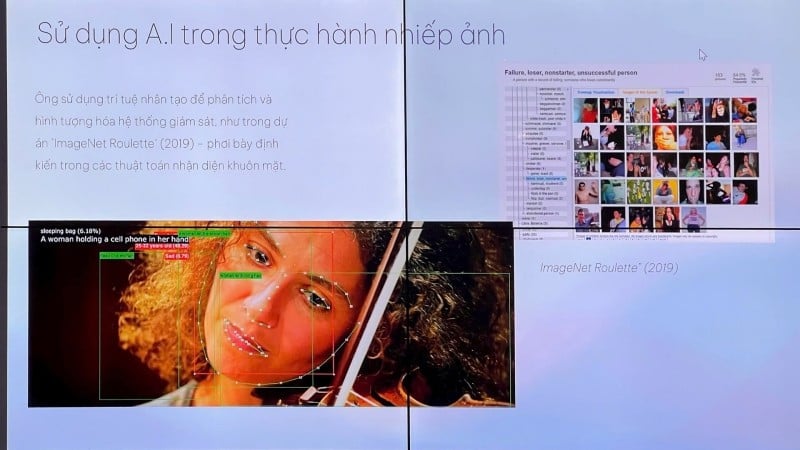
Recently, the photography community and the art-loving public have continuously witnessed many debates surrounding the use of AI in artistic photography. Some works that were finalists, even won prizes at prestigious photography competitions, were forced to withdraw after being discovered to have used AI, causing the works to be too distorted. Notably, a famous photographer posted impressive images created by AI but did not cite the source, causing viewers to mistakenly believe that the photos were taken by the author. Incidents like the above not only make the public skeptical about the value of truth and falsehood, but also lead to the need to redefine the role, limits and ethics in artistic creation in the technological age.
Unlike press photos that must ensure authenticity and a specific time, art photos allow creators to experiment, innovate, and combine different types of visuals. However, in that flexible space, the use of AI tools requires even more honesty.
At the seminar "What solutions to have many high-quality artistic works" organized by the Vietnam Association of Photographic Artists in November 2023, there were opinions discussing the impact of AI on photography. Photographer Ly Hoang Long (Lam Dong) and critical theory researcher Tran Quoc Dung ( Ho Chi Minh City) pointed out the great potential of AI in supporting creation, while also warning of the risk of AI erasing values in photography and the need to clearly separate it from traditional photography.
In fact, AI has been present in photography for a long time through software with editing and restoration features. According to a survey from PetaPixel Magazine (USA), more than 65% of commercial photographers have used at least one AI tool in the photo processing process. However, with the emergence of generative AI tools like today, with just a text description, the system can almost immediately provide images with perfect composition, subtle lighting, deep expression... without the need for any recording device.
These images can be created by AI users and used for many purposes, but cannot be considered art, this is a view shared by many camera users.
Photographer Le Viet Khanh (Hanoi) believes that photography is not just about creating visual images on a surface, but the value of each photographic work is also about emotions, thoughts, experiences, and specific characters and places that the author wants to share with viewers. Photographer Huynh Van Truyen ( Da Nang ) further emphasized: If the photo serves abstract, surreal ideas or advertising graphics, AI can be a very good support tool, but the author must clearly state that AI is involved when announcing the results.
In addition to the cultural perspective, the issue of ownership and how to deal with AI is also raised. To create images, AI “learns” from a huge database of millions of photos on the internet, most of which belong to photographers or copyright-owning organizations. This means the risk of copyright infringement when the original work is used as input data without the permission of the owner.
Debates and lawsuits surrounding the issue of ownership and secondary copyright from AI are still taking place in the world, showing the need to adjust legal bases in the face of AI's increasingly deep intervention in art fields, including photography. In Vietnam, the Intellectual Property Law does not have any specific provisions on works created by AI.
As AI-generated images become increasingly common, difficult to distinguish from real-life photographs, the story of copyright transparency and professional ethics continues to pose new issues for practitioners and the viewing public.
As the legal framework has not kept up with the development of technology, some domestic photography organizations and communities have proactively changed and adapted. At the Vietnam Art Photography Exhibition 2024, the Organizing Committee announced that it would not accept works using AI.
President of the Vietnam Association of Photographic Artists Tran Thi Thu Dong frankly admitted that even many members of the jury and many veteran artists do not have a deep understanding of AI, so the evaluation process still faces many difficulties. However, photographer Nguyen Xuan Chinh, Vice President of the Hanoi Association of Artistic Photography, shared that there are still many ways to detect photos created by AI, such as requiring the author to send the original photo including technical parameters for evaluation, some mixed photo formats that do not meet the standards should be eliminated right from the first round. Many major domestic photography forums have now also divided post-processed AI photos and photos created by AI into separate categories.
Visual artist and lecturer Nguyen The Son said: “Photos created or edited by AI tools are becoming more and more perfect and will become an inevitable part of photography. Some countries have accepted this and organized exhibitions dedicated to AI photos.” Updating trends and incorporating AI content into lectures can help the new generation of creators understand, master and use technology for the right purposes.
In general, besides regulations or orientations, the professional ethics of photographers are equally important. Posting images with AI intervention but with unclear origins not only disappoints many art lovers, but artists also undermine their own reputation. For those who receive photographic works, as long as they are alert and know how to ask questions about the context, subject, and how the work was created, they will not be easily fooled by a beautiful photo that lacks creative work and personal imprint.
Deputy Minister of Culture, Sports and Tourism Ta Quang Dong once affirmed: "Machines can help people create faster and with better quality, but they cannot replace the emotions and hearts of artists."
In photography, beauty lies not only in the image but also in the journey of the author searching for and capturing the moment. Maintaining transparency for artistic photography in the AI era is not conservative but an effort to protect fundamental values; fairness in creation, the trust of the audience and the position of art as a language imbued with humanistic values. Building clear professional standards with consensus among all parties is an urgent requirement to help the art of photography affirm its position in the new context.
Source: https://nhandan.vn/bao-ve-gia-tri-nhiep-anh-nghe-thuat-giua-lan-song-ai-post896936.html


![[Photo] Cat Ba - Green island paradise](/_next/image?url=https%3A%2F%2Fvphoto.vietnam.vn%2Fthumb%2F1200x675%2Fvietnam%2Fresource%2FIMAGE%2F2025%2F12%2F04%2F1764821844074_ndo_br_1-dcbthienduongxanh638-jpg.webp&w=3840&q=75)




![[Photo] 60th Anniversary of the Founding of the Vietnam Association of Photographic Artists](/_next/image?url=https%3A%2F%2Fvphoto.vietnam.vn%2Fthumb%2F1200x675%2Fvietnam%2Fresource%2FIMAGE%2F2025%2F12%2F05%2F1764935864512_a1-bnd-0841-9740-jpg.webp&w=3840&q=75)
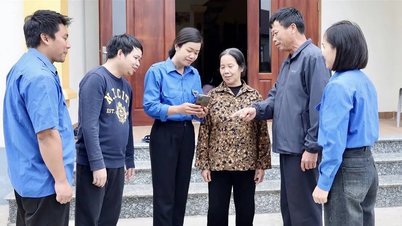


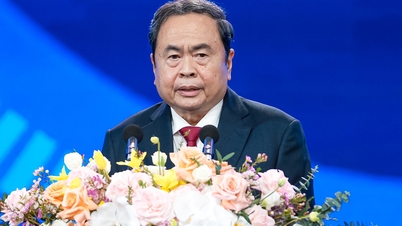




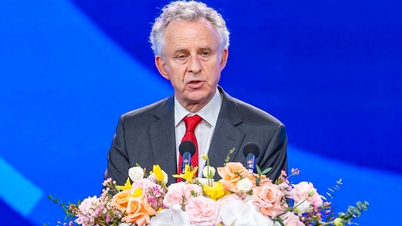




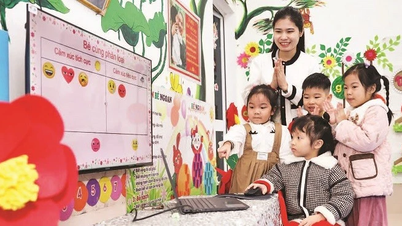
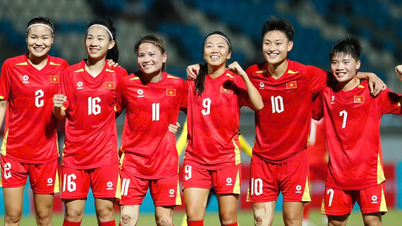


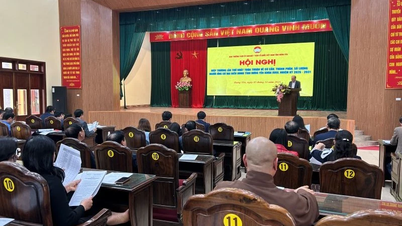
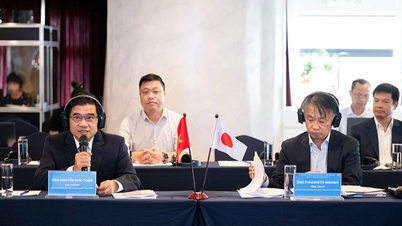


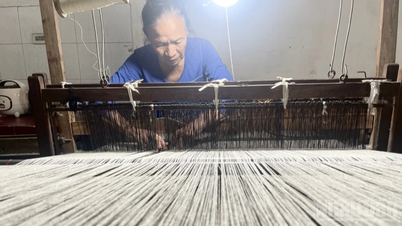
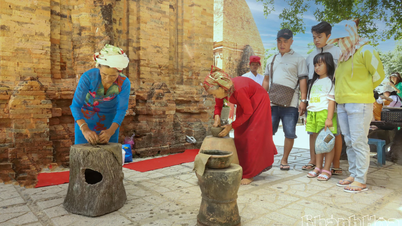

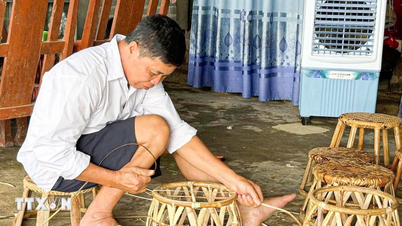

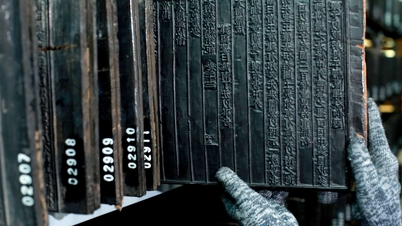


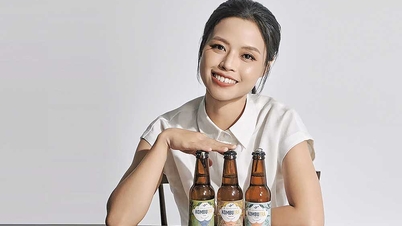




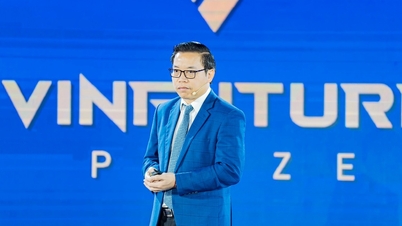

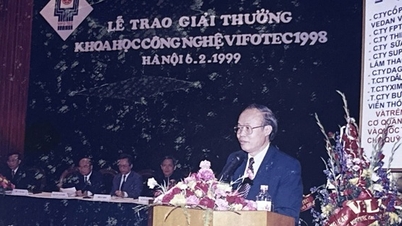

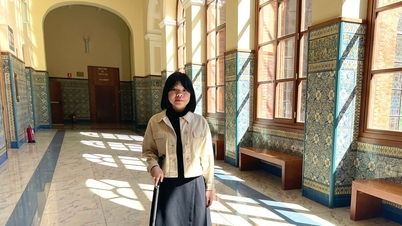

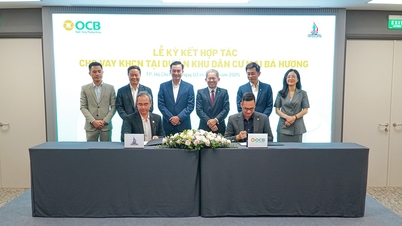

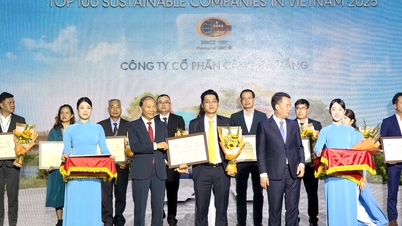
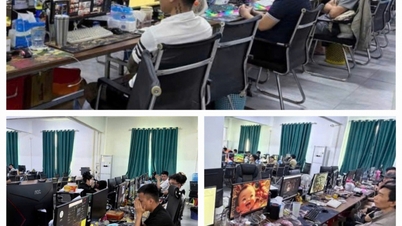
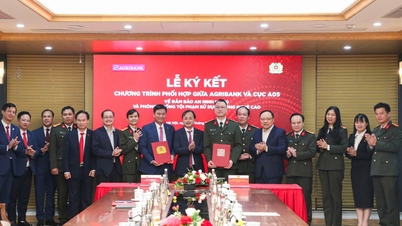

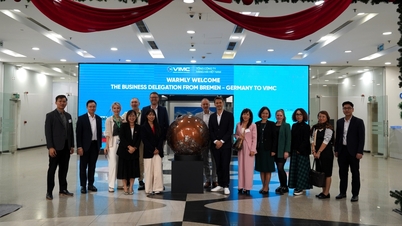
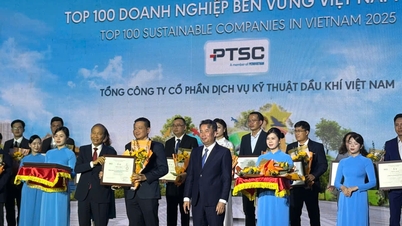







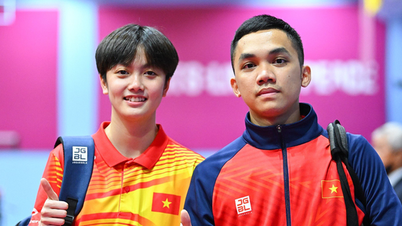


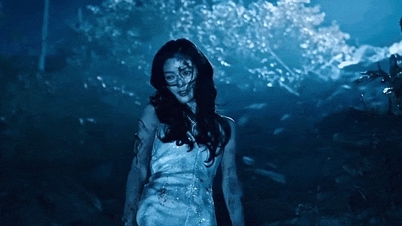

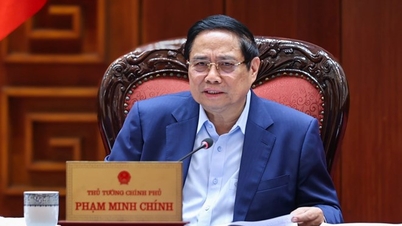
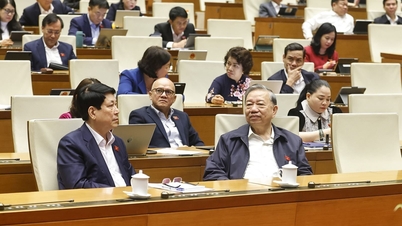
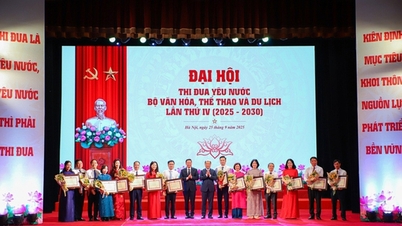

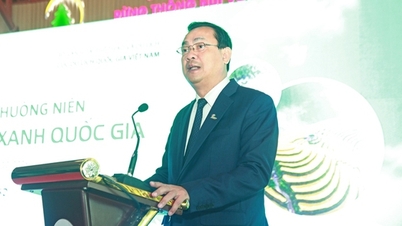
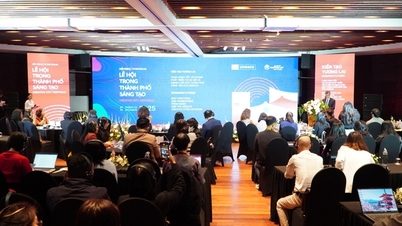
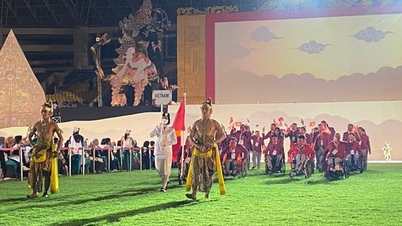
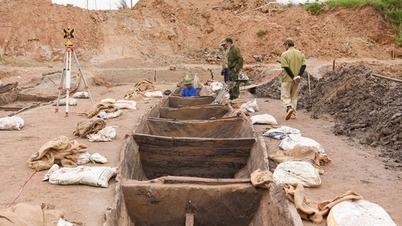


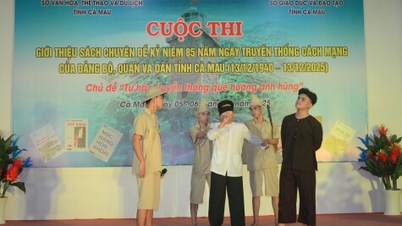



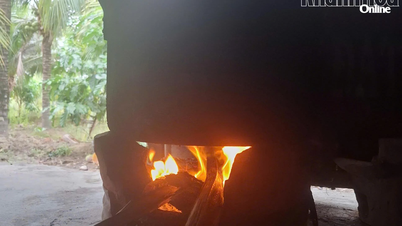
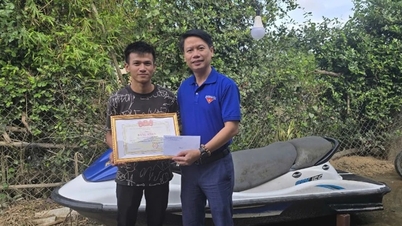



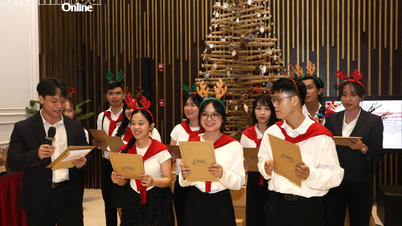










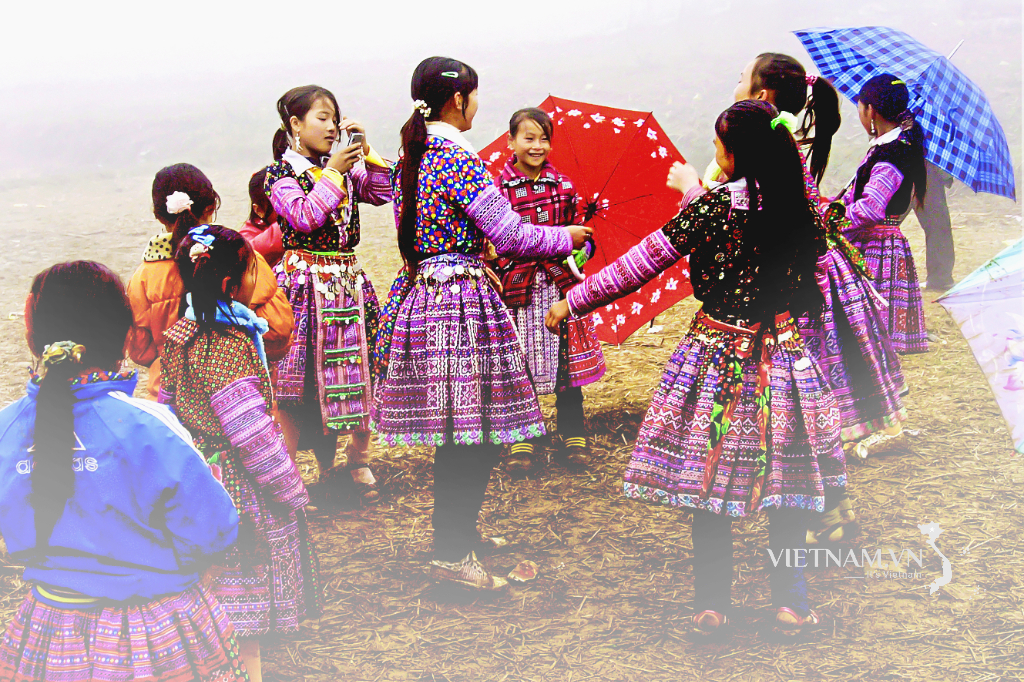






Comment (0)